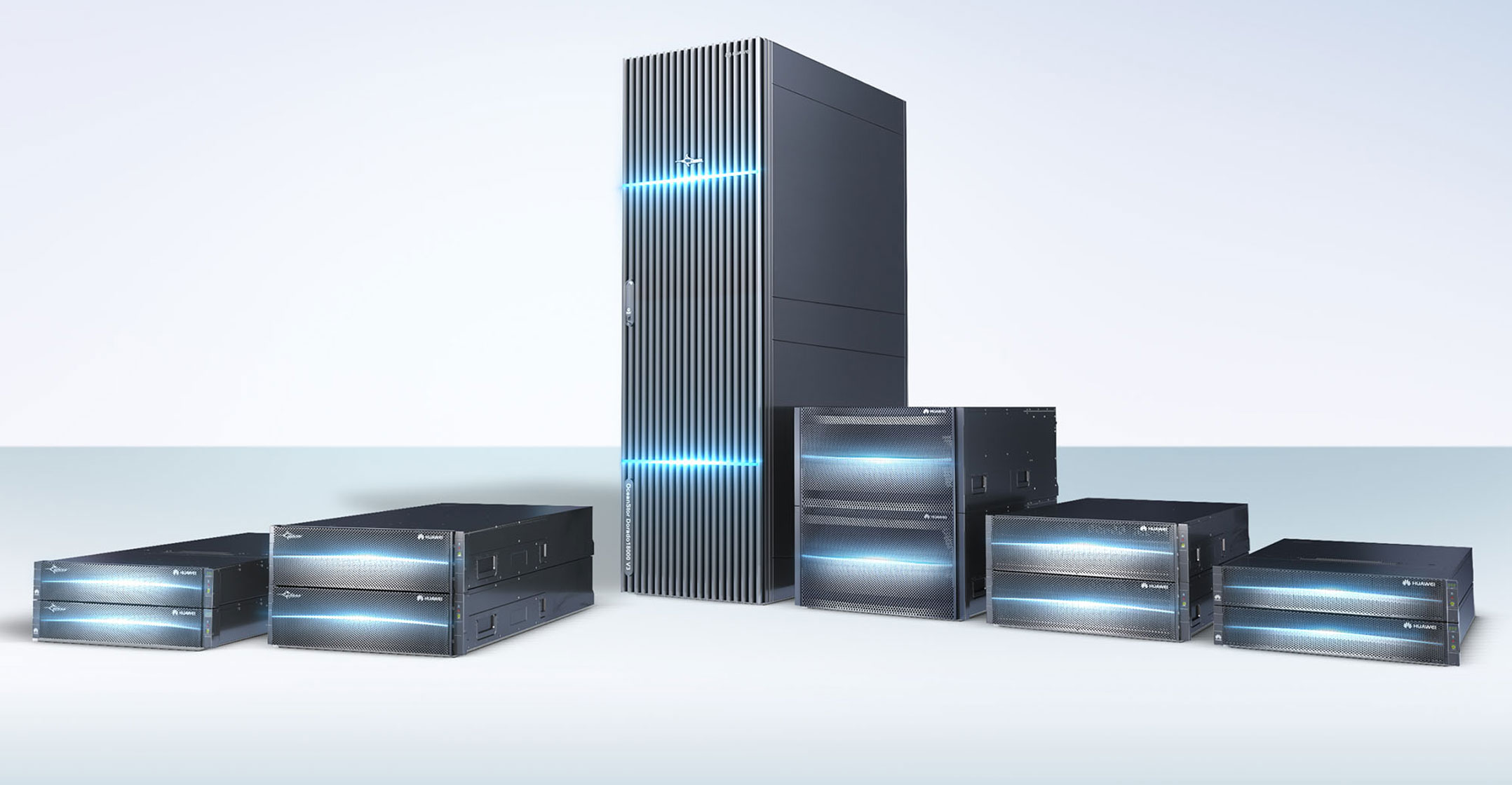 Data is at the heart of every organisation, big and small. In the same way that complex and informed decisions are made about where critical operations and facilities are mapped, determining the way in which your data is stored, and how well as how it is stored, is among the most crucial decisions any organisation needs to make.
Data is at the heart of every organisation, big and small. In the same way that complex and informed decisions are made about where critical operations and facilities are mapped, determining the way in which your data is stored, and how well as how it is stored, is among the most crucial decisions any organisation needs to make.
Businesses today depend heavily on their data assets to make their most important business decisions, and to harness the power of analytics to gain invaluable insights from the unstructured data they’ve sourced from their customers, partners and competitors.
Because it is such a critical decision, selecting the appropriate data storage solution can be a daunting task. To make an informed choice, organisations should weigh the pros and cons of on-premises and off-premises solutions, as well as the slew of cloud-based options that are available today.
According to Stefan van Niekerk, Huawei product manager at Pinnacle ICT, for any business to be successful it must have quick access to its data to keep its operations running at optimal performance. “For rapid access to the information that helps businesses thrive and stay ahead of the curve, companies need look no further than all-flash arrays.”
He says for many years, all-flash arrays seemed like an unattainable luxury. Their heavy price tags and myths about risk kept them at arms length, and prevented many businesses from adopting them. “This isn’t true today. The landscape has completely changed, and the benefits of all-flash far outweigh the price and perceived risks.”
Hotly debated
For some time, the industry has hotly debated the benefits between all-flash and other storage solutions. However, one fact is incontrovertible: Having no moving parts in their storage solution is highly beneficial. A lack of mechanical moving parts not only makes them more robust, it makes them faster and more reliable. Also, their non-volatile memory means they don’t need power to maintain the integrity of stored data, so even if there’s a power outage, data isn’t lost.”
According to Van Niekerk, although numerous, the big benefits of all-flash arrays for the data centre can be divided into five main categories: speed, cost, analytics, scalability and reliability. IT decision makers looking to speed up their organisations’ digital transformation efforts, and enhance the organisation from an infrastructure point of view, shouldn’t consider anything other than an all-flash array.

In terms of faster performance, Van Niekerk says businesses using flash storage collectively report a significant increase in speed, as well as improvement in application performance. “The speed of flash storage is how it won its name, because it writes data and performs random operations, literally, in a flash.”
In terms of lower operational costs, organisations that use flash say they reduce operational costs dramatically. With no moving parts, minimal heat output and boosted performance density, flash allows companies to lessen power and cooling expenses, as well as remove the need to maintain increasing numbers of hard drives and the costs that go hand in hand with them, such as human resources, carbon footprint and cooling.
When it comes to higher utilisation, before flash, storage made up the slowest part of the data path and hosts and networks were always kept waiting on storage to respond to data requests. This changed with flash, because servers have the ability to process thousands more transactions per second and systems are no longer in a ongoing state of waiting.
Speaking of improved decision making, Van Niekerk says that although big data analytics platforms can produce near real-time business intelligence, they need a level of performance that is not always possible for traditional hard drive storage to deliver. Analytics queries sent to flash-supported workloads with structured or unstructured data are answered far more rapidly, allowing businesses to make not only quicker, but better decisions.
“And now, with Huawei’s OceanStor Dorado 3000 V6, the cost of switching to an all-flash array need no longer be an inhibitor. Pinnacle customers can now buy all-flash for the same price as mechanical storage,” says van Niekerk.
‘Tremendous uptake’
Pinnacle is the leading local ICT distributor, and always aims to offer its customers solutions that help them meet their strategic goals and transformation initiatives. “Huawei OceanStor Dorado 3000 V6 is a simple-to-use and highly cost-effective all-flash storage system, which has had tremendous uptake in businesses of every size, and in every industry.”
Van Niekerk says the OceanStor Dorado 3000 V6 features innovative hardware and FlashLink intelligent algorithms, developed by Huawei, and combines intelligence and efficiency with high reliability and performance. “In a nutshell, the solution helps organisations build a solid foundation toward a modern, intelligent and cloud-ready IT system infrastructure, offering enterprises unparalleled data services.”
Today’s world is a rapidly changing one, in which all-flash storage has become the best and only choice for many organisations who understand responsiveness is key to remaining ahead of the game.
“By leveraging intelligent chips, end-to-end NVMe architecture, and the powerful scalability of up to 32 controllers, the solution delivers 21 million IOPS of best-in-class performance and 0.1ms of latency. The OceanStor Dorado V6 is the ideal partner for organisations who want to reap all the benefits offered by the all-flash storage era.”
Get in touch with Stefan van Niekerk to find out more about the Huawei Dorado offering. Or find him on LinkedIn.
About Pinnacle
Built on the foundation of entrepreneurial spirit, Pinnacle is South Africa’s leading ICT distribution company. We offer a broad range of world-class technology products seamlessly delivered across an expansive footprint. Everything we do is underpinned by our technical expertise, drive and determination – we call it delivering the exceptional. For more information about Pinnacle, visit our website or contact our offices on +27-11-265-3000. You can also follow Pinnacle on Twitter, Facebook and LinkedIn.
- This promoted content was paid for by the party concerned




